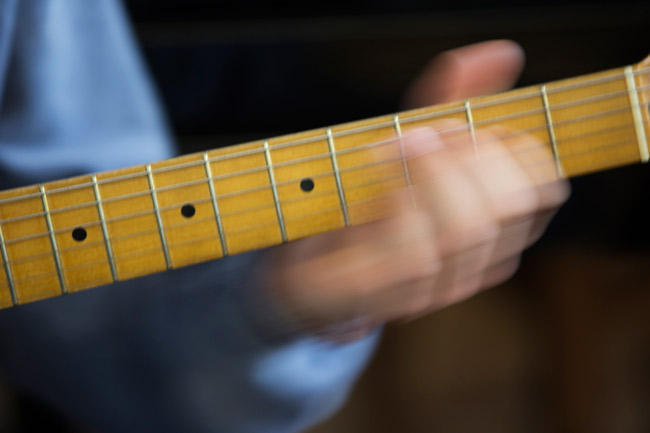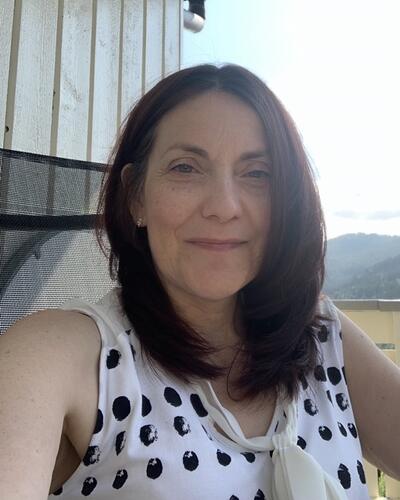Musikk - bevegelse - helse: et pilotprosjekt
Main content
This pilot project aims to develop a “music – movement - health” initiative to be offered at the new Energisenter for barn og unge at Haukeland Universitetssjukehus. Music therapy is defined as one area of practice to be included in the centre activities, and GAMUT is represented by Randi Rolvsjord in one of the interdisciplinary planning groups. With a focus on music and physical activity the centre will develop health care and health promotion activities in collaboration with public stakeholders and NGOs.
This pilot project will develop greater understanding of the role of movement in music making activities, with a specific focus on developing movement related music activities in the context of health and wellbeing in young people. It is hoped that it will form the basis for a larger research project undertaken through the Polyfon research network when the Energisenter for barn og unge opens in 2017.
Three project aims
- initiate development of a preliminary methodology of using movement in music making and music therapy
- develop movement-music activities to be offered within existing music therapy practice
- explore the practical and theoretical connections between music and movement/dance in therapy contexts
Four project outcomes
- A music therapy practice-based “music, movement, health” initiative for Energisenter for barn og unge ved Haukeland universitetssjukehus
- Two published articles presenting the research findings
- A “music – movement – health” research strand in Polyfon
- Teaching expertise in the area of movement, movement analysis and embodiment.
Four core areas for research questions:
The project is exploratory. Research questions and practical focus will be developed through a series of dialogues and workshops with the 4 project consultants. The starting point will be to consider one or more questions from the following core areas:
- Sounding
What are the physical processes of making sound on a musical instrument?
How can we describe, analyse and observe body-instrument interactions? - Synchronising
What is the role of movement (kinaesthetic awareness and empathy) when people make music together?
How can we describe, analyse and observe kinaesthetic interactions in music making? - Sharing
What is the role of movement in performing music and how does the context of performance differ from other music making situations?
How can we describe, depict and understand the musical body in performance? - Shifting
How can music therapy practice better facilitate movement/dance activities?
What are the benefits and risks of focusing on movement/dance activities in music therapy?
Research context
The link between music and movement is fundamental. Movement is integrated in various ways in music therapy practices (see i.e. Bruscia, 1987; Bruscia, 2014), but research in the use of movement modalities in music therapy is limited. Such modalities include both the use of dance as well as interdisciplinary collaborations with physiotherapists (Eide, 2008; Elefant & Lothan, 2004) and other movement experts. The theoretical approaches for this project will be situated in the interdisciplinary field of music therapy, movement therapy and dance-therapy (Allegranti, 2010), as well as the discursive context of embodiment in feminist musicology, (McClary, 1991) and philosophy (Johnson, 2007, Sheets Johnson 1999).
Allegranti, B. (2011). Embodied performances: sexuality gender bodies. London: Palgrave MacMillan.
Bruscia, K. E. (1987). Improvisational models of music therapy.
Bruscia, K.E. (2014). Defining music therapy (third edition). Gilsum NH: Barcelona Publishers.
Eide, I. B. (2008). Fysmus-tradisjonen i musikkterapi. I Perspektiver på musikk og helse: 30 år med norsk musikkterapi.
Elefant, C., & Lotan, M. (2004). Rett syndrome: dual intervention–music and physical therapy. Nordic Journal of music therapy, 13(2), 172-182.
Johnson, M. (2007) The meaning of the body: aesethics of human understanding. Chicago: University of Chicago Press.
McClary, S. (1991) Feminine Endings. Minnesota: University of Minnesota.
Sheets Johnson, M. (1999). The primacy of movement. Amsterdam: John Benjamins Publishing
Project Group
- Jill Halstead (Project manager)
- Randi Rolvsjord
- an interdisciplinary expert group (4 members with expertise in movement/dance/therapy/practice)
- 1 research assistant Music Therapy students (Master's level)
- 1 representative from RKBU Vest, Uni Reserarch Helse may be included if relevant


